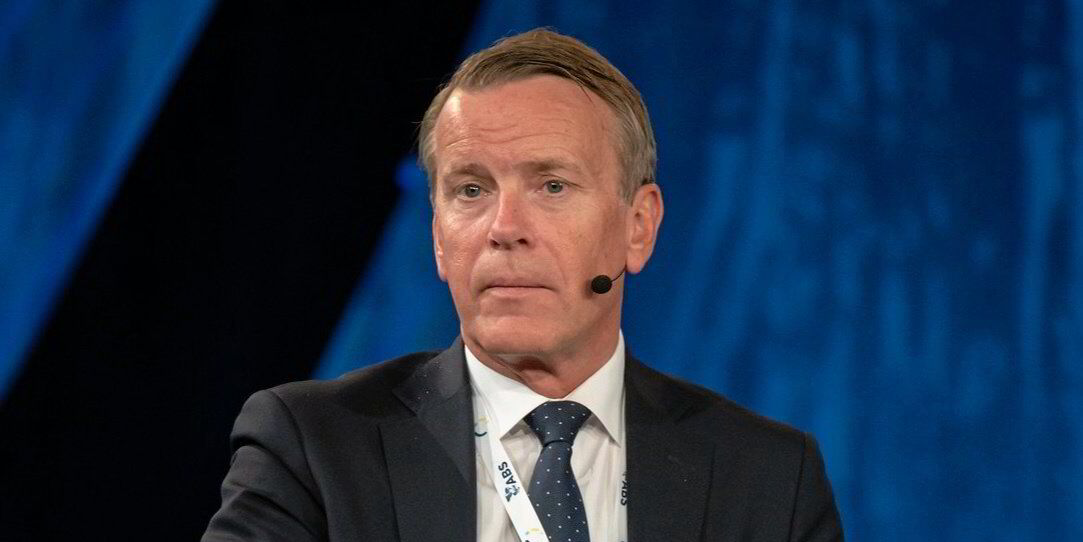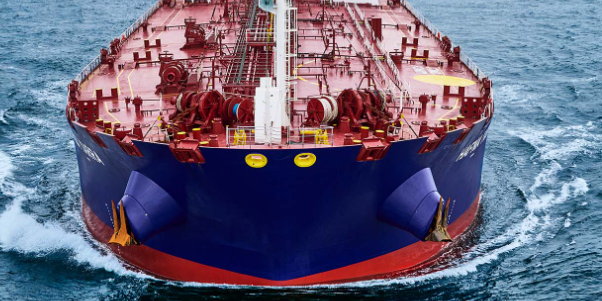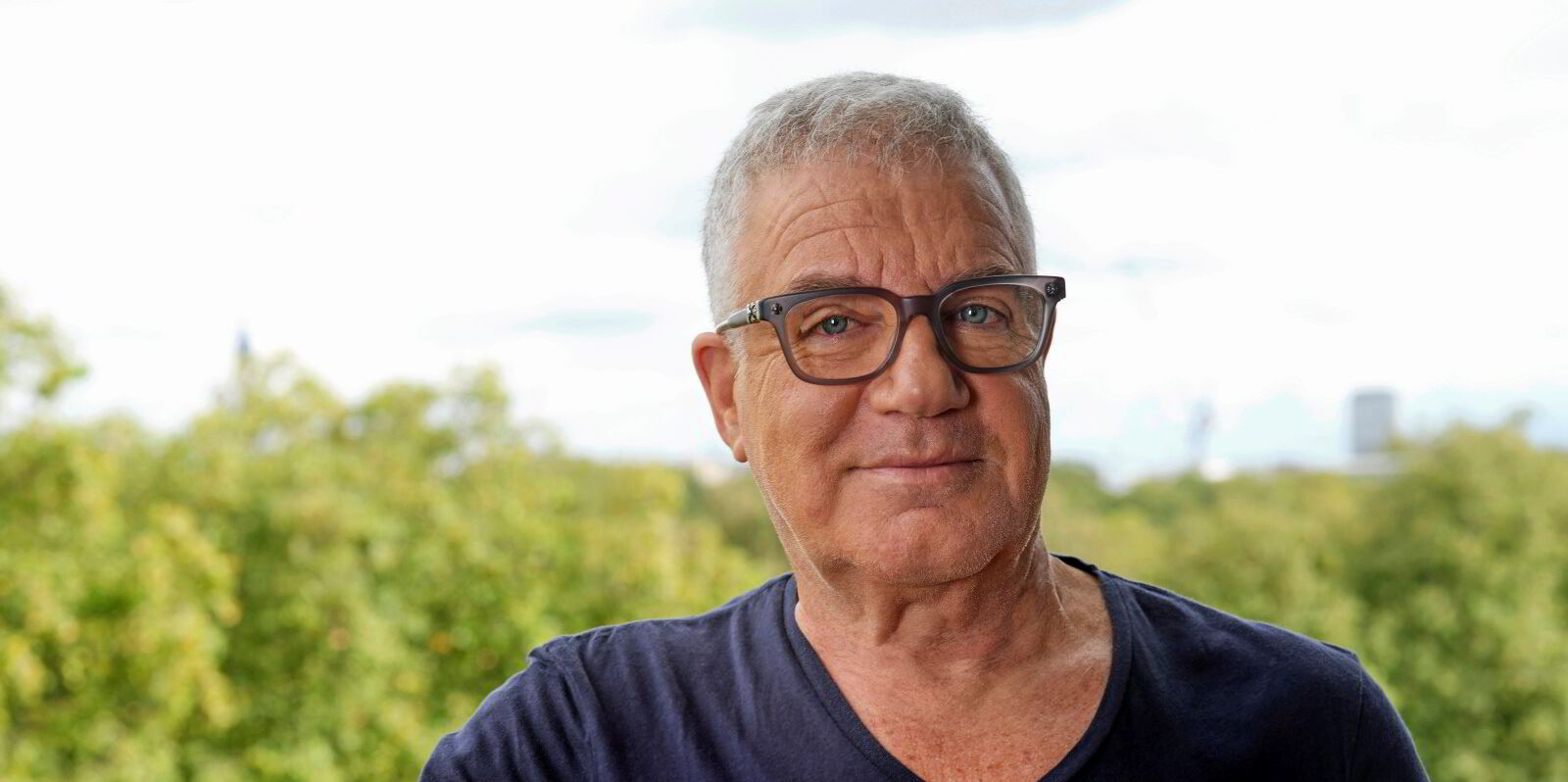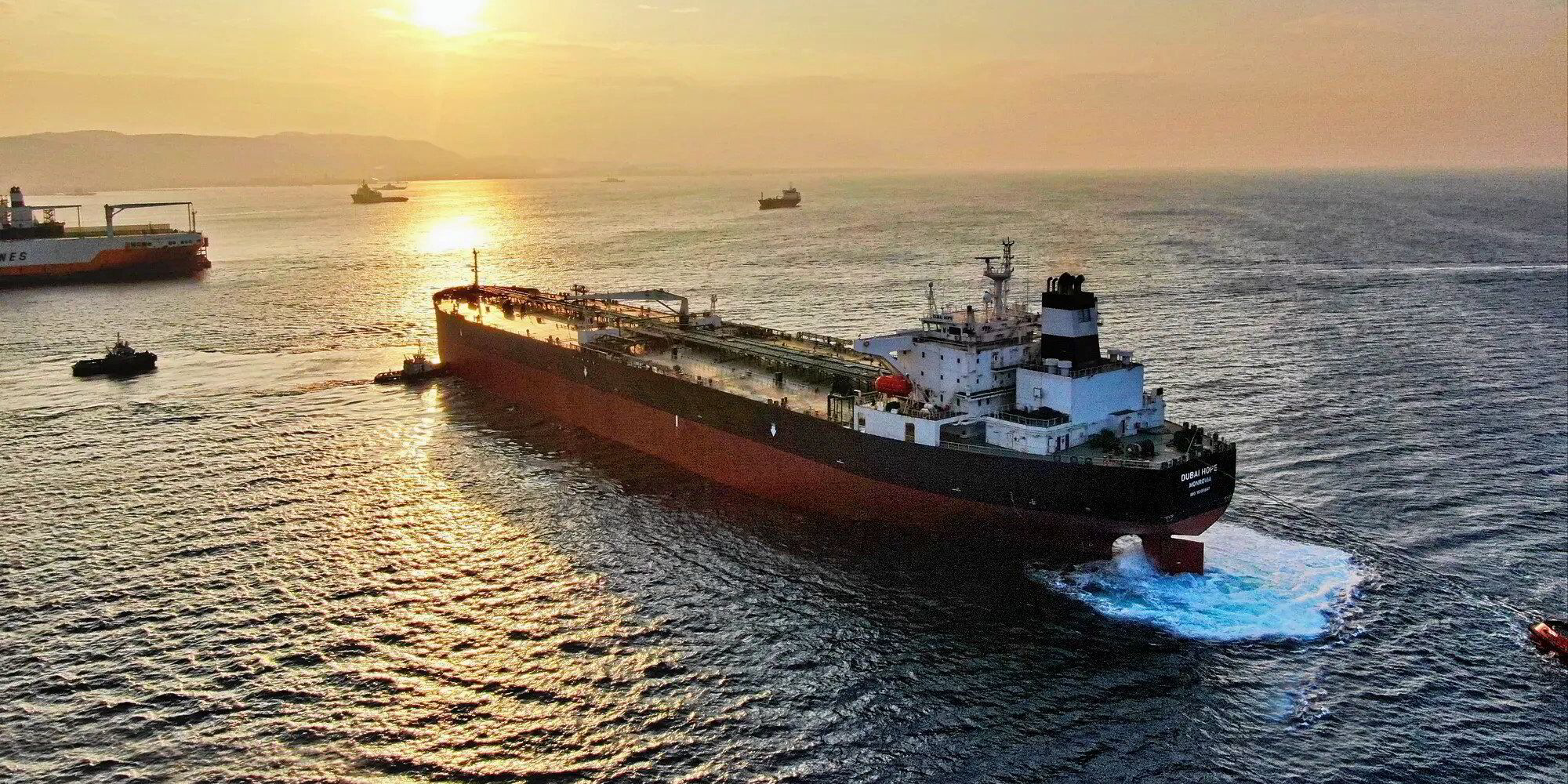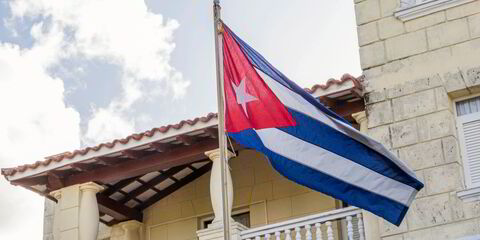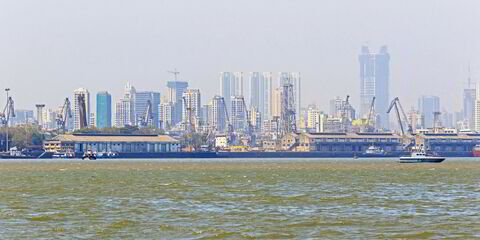The number of new vessels being ordered so far this year has dropped off a cliff despite a slight easing in shipyard price tags.
Clarksons Research calculated the volume of new contracts is 68% down in January and February, compared to the same period in 2024.
“Newbuild contracting in 2025 has so far been more limited than last year… while newbuild prices have generally eased slightly over recent months,” the UK company said.
Clarksons tallies 94 vessels ordered in January and 51 in February.
This compares to 430 in January and 199 in February last year.
Last year as a whole saw 3,060 ships ordered, as LNG carrier and boxship deals stayed at a high level.
Owners also returned in a big way for new tankers, with bulkers and car carriers adding to the total.
In addition, companies also started contracting offshore support vessels again after a decade-long gap caused by the prolonged downturn in that sector.
John Fredriksen’s US and Oslo-listed tanker company Frontline has an empty orderbook.
Its chief executive, Lars Barstad, was asked about this on an earnings call.
“Resale and newbuilding prices have not really corrected in any kind of way,” he said.
Capacity has been filled with container ship orders and other non-tanker vessels, with deals particularly accelerating in the second half of last year, he explained.
“Facing a $125m ticket for a new VLCC, we need consistently $50,000 to $55,000 per day for 20 years in order to have any sensible return,” Barstad told the call.
“And we’d rather see $50,000-plus money before we get the confidence to make that investment.”
Spot VLCC rates from the Middle East Gulf to Asia were $37,200 on Friday, down 11% in a week.
“That’s why we decided to basically hand the little money we have — or not little actually, we do churn out a fair bit of our own dividends — to you as an investor, and then you can choose to reinvest and deploy it either in Frontline or elsewhere,” the CEO said.
Asked whether potential port fee hikes in the US for Chinese-built tonnage would affect yard activity, Barstad replied: “I think it’s a bit too early if you read the headlines.
“I would not even consider ordering a Chinese vessel right now, not that we are,” he added.
“But I think for the market in general, it probably puts everything a bit ‘on the wait’ until we get some clarity on what the outcome will eventually be,” Barstad explained.
“We do question if it’s possible. Building capacity is an issue for the globe,” he told the call. “So we sit and watch more.”
Flexible fleet
Barstad said Frontline already has a flexible fleet, meaning it can switch from long to shorthauls as the market dictates.
“We obviously want to do the long distances in a high-paying market. In a struggling market, we would rather just go the shortest way to have the opportunity to refix at our level,” the CEO added.
In terms of charter cover, Barstad said: “We believe that we’re better off keeping our vessels in the spot market in the current market environment.
“We would increase our time cover materially if we came to a situation where the market was willing to pay us what we feel is a reasonable return on equity. We don’t think that is the case right now,” he explained.
Asked about the consequences of a peace deal in Ukraine, Barstad told the call that Frontline envisions about half of the fleet servicing Russian oil would return to the mainstream market.
“But the market dynamics would be that Russian oil would stay local. Russian oil, its natural home, it’s in Europe,” he added.
This would mean Atlantic basin output going back to Asia.
Frontline sees this scenario as “temporarily negative” for aframaxes and suezmaxes.
“But for the VLCCs, it’s natural to think that it would be beneficial,” Barstad concluded.(Copyright)
